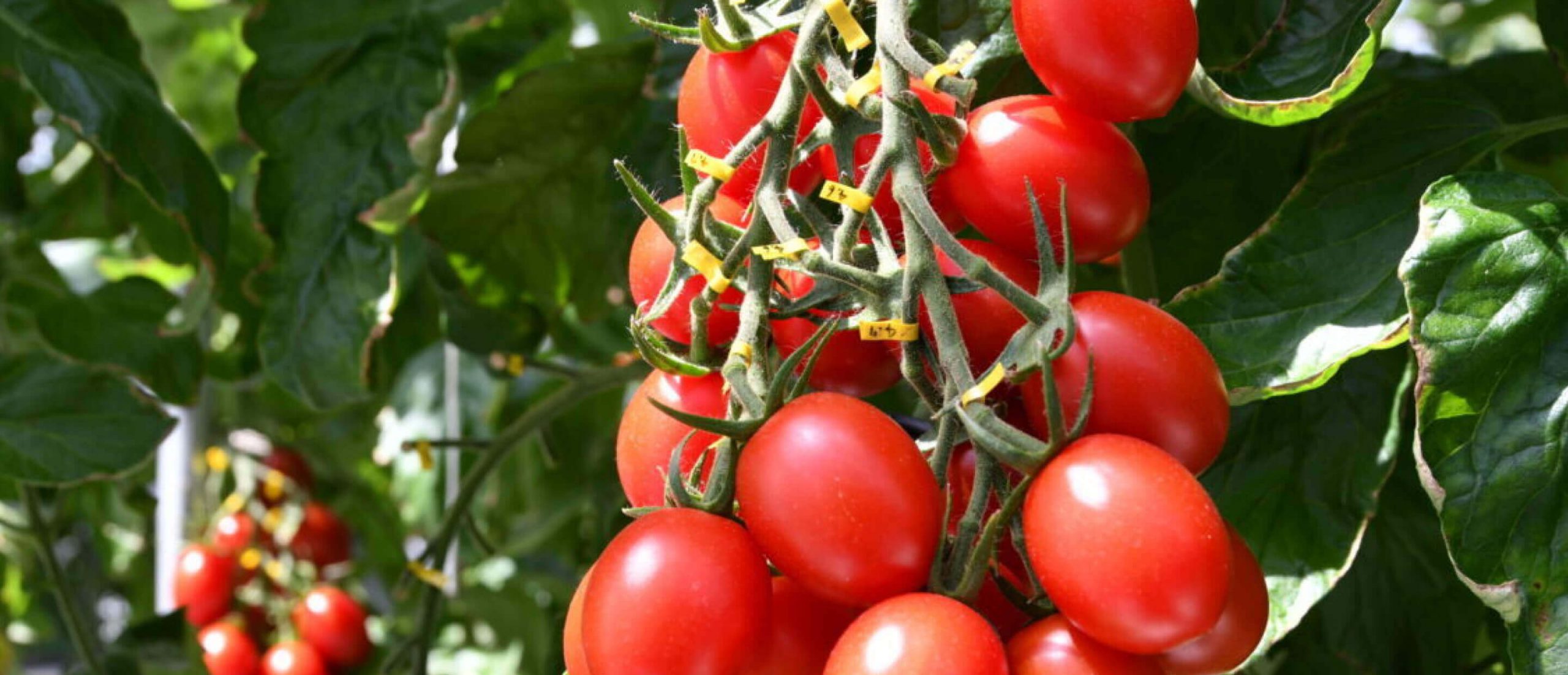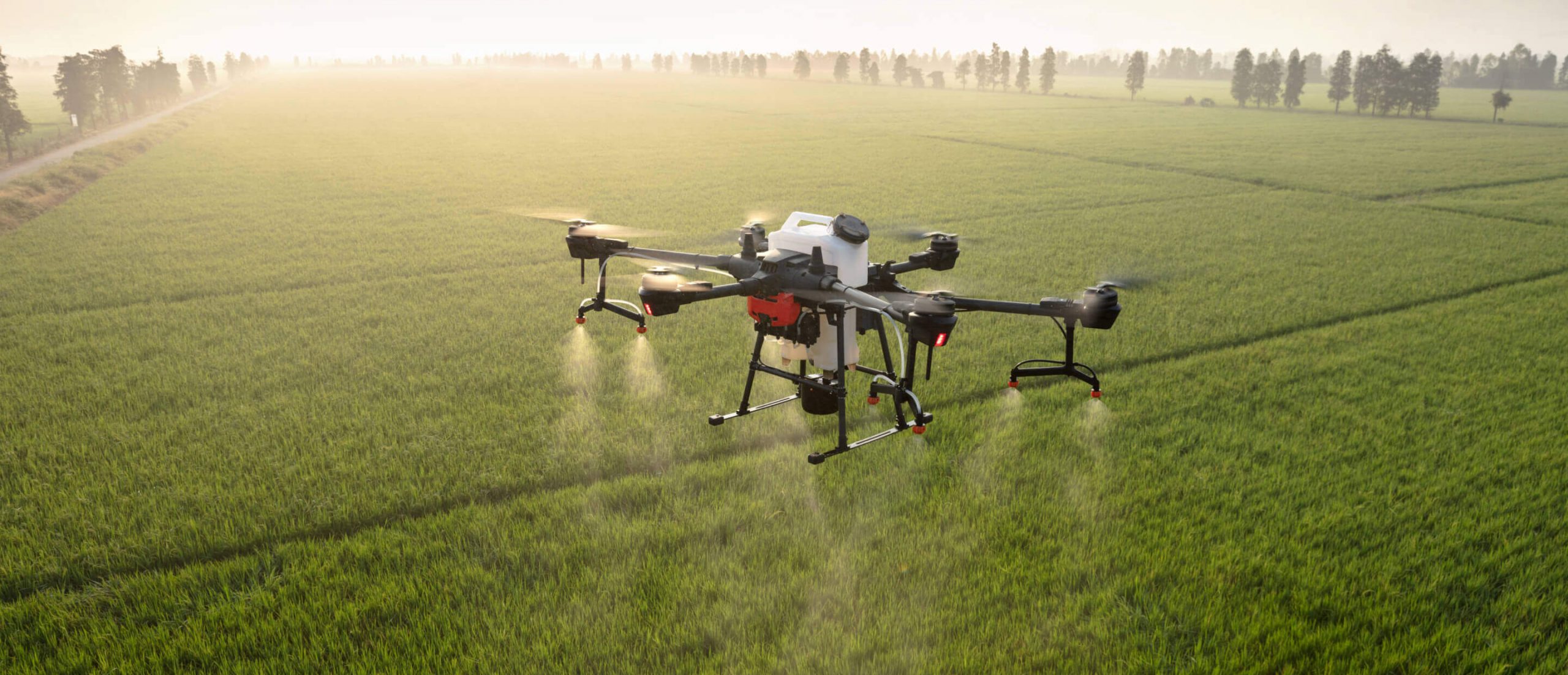
Will the increasing use of technology in agriculture motivate younger generations of digital natives to take up where their parents left off?
For more than half a century, Will Best has been farming the rolling hills of southwest England, pioneering organic dairy production in the region and growing traditional varieties of wheat and barley that supply artisanal bakeries as well as the thatching industry.
But at 76, Best faces one of the biggest challenges of his career so far: succession. Even though his three grown children – he has a son and two daughters – share his love of the land, profits pale when compared with the current value of the farm’s land and buildings.
“Our son is actually a very good farmer, but he’s also good at IT, and at the scale we’re operating on, it’s hard to see a future – or a viable one,” he said.
“When I was his age, I was working 80 hours a week regularly because that’s what I do, but my son can earn much more in fewer hours doing his other job.”
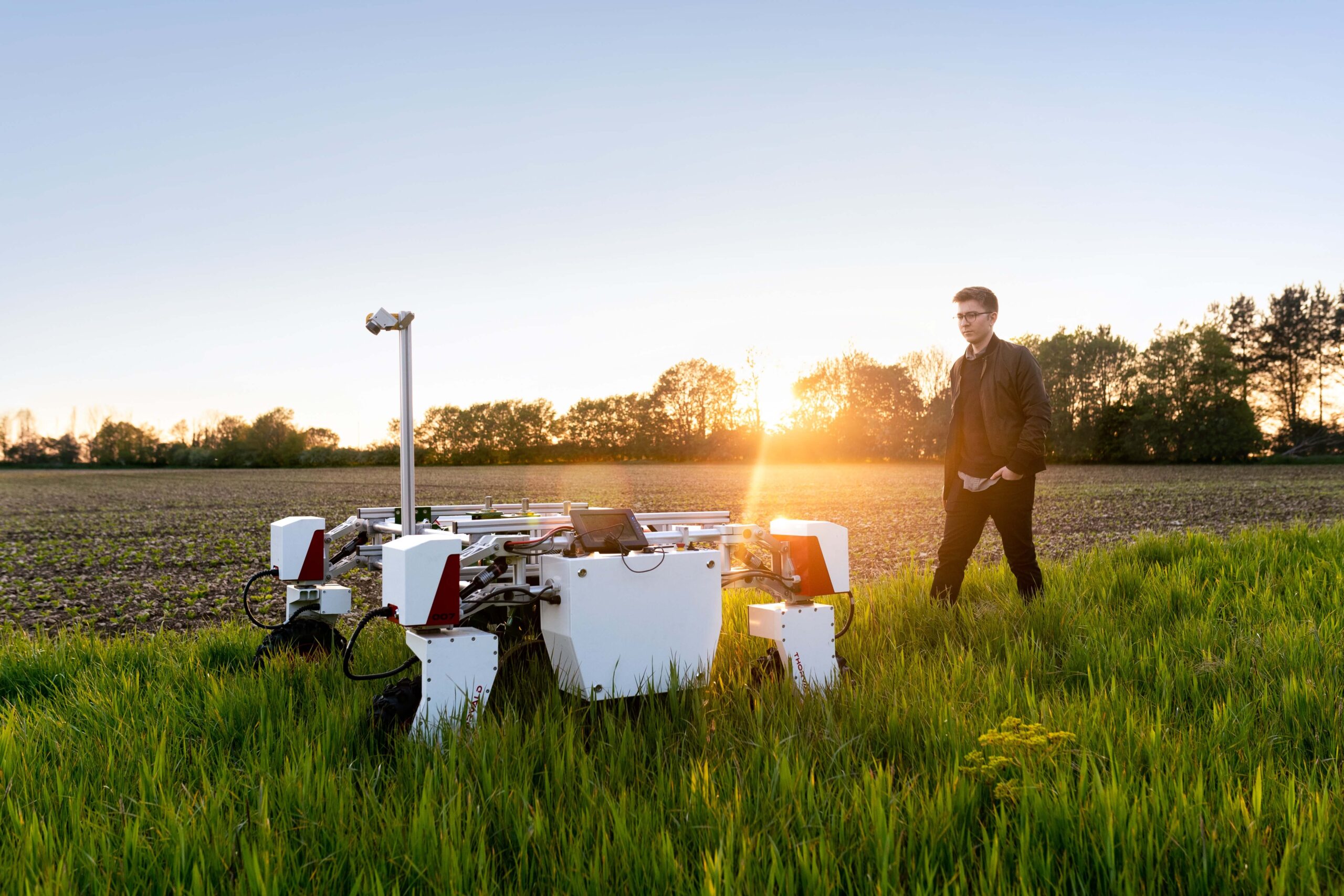
Mechanical engineer with sustainable robot
Source: Thisisengineering on UnsplashThat Best is still working the land in his mid-70s is not unusual. In the UK, around 40% of all farm holders are over 65, and a recent survey of 700 UK farmers found that 21% plan to never give up farming.
Best’s farm, which has been in the family since the 1930s, is 265 acres – tiny alongside the mega-farms in the US, Brazil and elsewhere.
But his succession challenges are the same as farming families throughout the developed world, leaving today’s ageing owners facing the same overriding question:
Related article
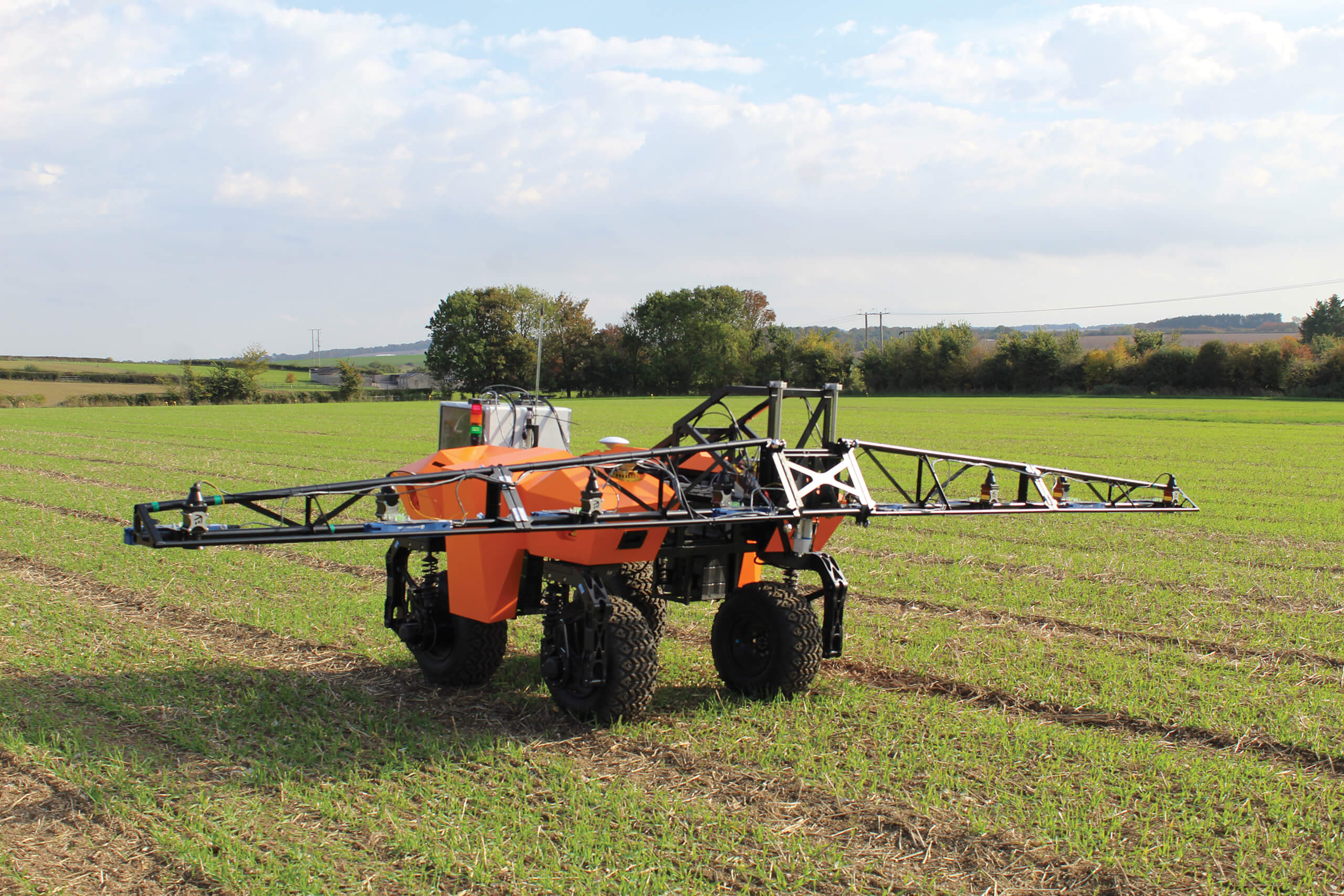
Four transformational technologies
Farming is in the midst of a technical revolution, where data intelligence augments conventional...
What can be done to make farming attractive and profitable for their children to follow in their footsteps?
In the US, family farms account for 96% of all farms according to the USDA’s most-recent Census for Agriculture in 2017 and they were responsible for producing goods worth $318 billion. The survey also revealed the average age of farmers increased to 57.5 from 56.3 in the USDA’s previous census, and young producers – aged 35 and under – accounted for just 9% of all farmers.
The same trend can be found in Canada. In 2001, the average age of farmers was 50; by 2021 the average age had increased to 56. Across North America, fewer farmers are coming down the line. In Japan, a study found that although farmers retired later at 74.2 years compared with 64.3 for other professions, they lived longer and had lower health-related costs.
“As legacy producers retire, our nation needs the next generation of producers to take on the important business of providing food, feed, fuel and fiber for a growing population,” the USDA concluded.
Indeed, between now and 2050, the world’s population is set to increase by more than two billion people, equivalent to adding twice the current population of China to global demand. Feeding those additional mouths will place increasing pressure on farmers to produce more from the same amount of land under cultivation.
Yet agriculture accounts for an increasingly small percentage of the global labor force, with the sector providing 26% of all jobs in 2021, down from 43% in 1991, according to the World Bank.
Our son is actually a very good farmer, but he's also good at IT and, at the scale we are operating on, it's hard to see a future or a viable one,"
One hope is technology, which not only holds the promise of boosting yields but also has the potential to inspire younger generations of digital natives to reinvent and revolutionize traditional practices. Could drones, sensors and crop bots provide the magic ingredient needed to keep the sons and daughters of today’s farmers working the land?
Many must hope that the emergence of “Agriculture 4.0” will attract fresh blood, leveraging cutting-edge technology to produce an innovative approach to farming that promises to be more profitable, efficient and environmentally friendly.
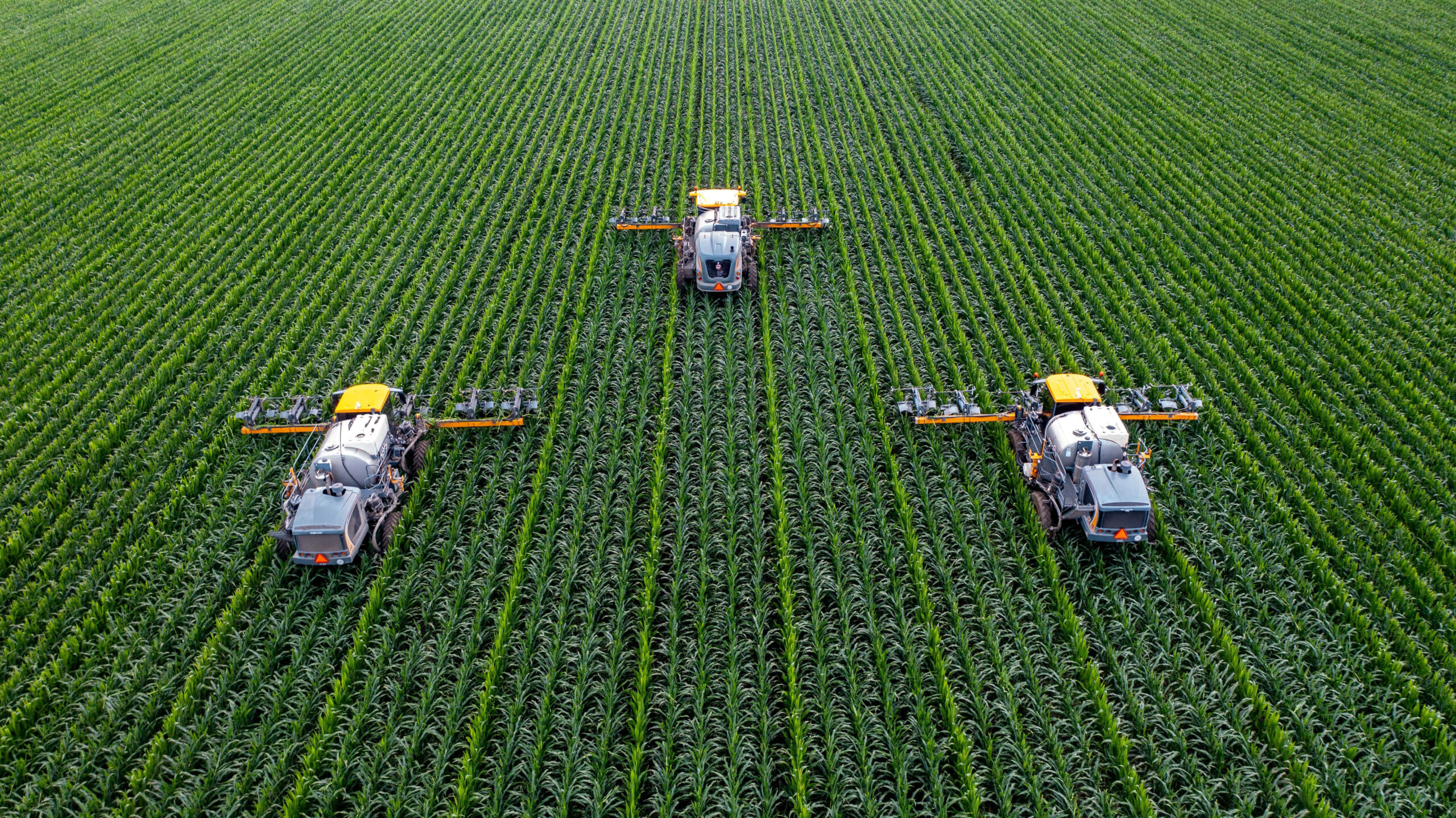
Detasseling Corn in Central Illinois
Source: James Baltz on UnsplashGustavo Boscoli, a young farmer in Brazil is something of a poster child for the new, high-tech, data-connected farmer. His 32,000-acre cropping and livestock farm in Mato Grosso has a vast fleet of latest-generation tractors and harvesters, all of which provide him with data.
“With access to all this information, I see what’s happening daily in the field – where the machines are and what they are doing,” said Boscoli, who took over the farm when his father died in 2018.
Few would dispute that technology makes farming easier. State-of-the-art combine harvesters, for example, speed up harvesting and help decrease crop losses using precision-farming techniques. But the prices they command are also often out of reach of families running small and medium-sized farms. According to machinerypete.com, a popular online marketplace for farm equipment in the US, a top-end combine harvester can cost $750,000 used – and up to $1 million new.
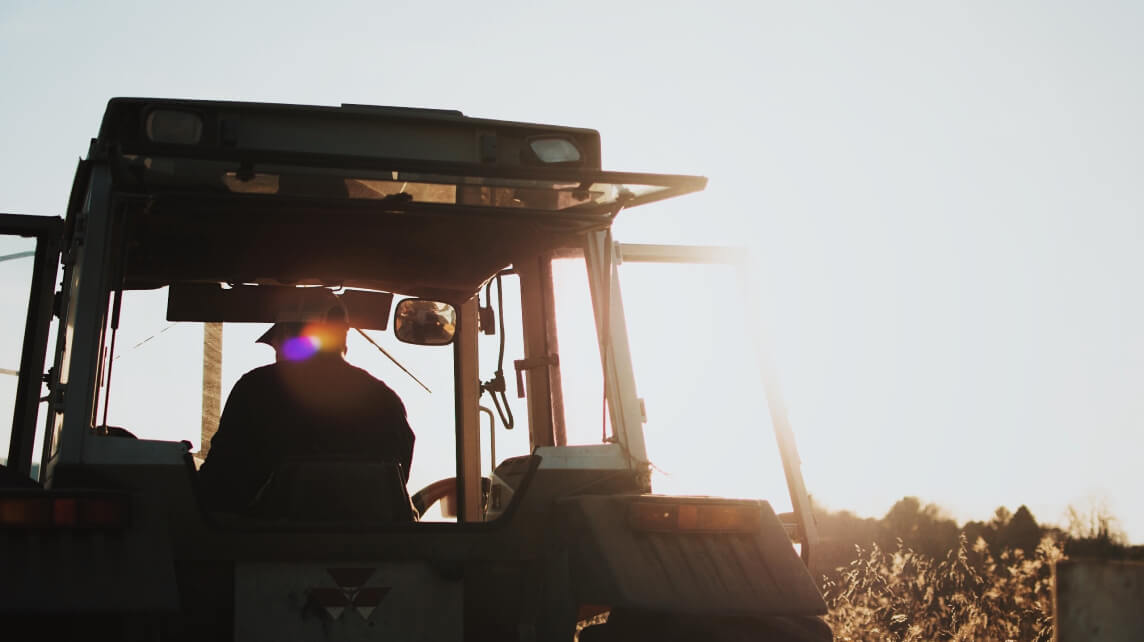
The University of Illinois’ farmdoc resource, which provides data to help farmers make better decisions, estimates that new tractor prices rose 15% in the two years to the end of 2021. “We’re seeing an explosion in costs all over the board,” said Professor Gary Schnitkey, University of Illinois, during a farmdoc webinar.
At the same time, commodity prices have suffered a long-term decline. The price of wheat, adjusted for inflation, has fallen over the past 40 years and, as we head into 2024, it stands at less than half what it was in 1980.
As well as the cost of machinery per acre rising rapidly and many inflation-adjusted commodity prices on a downward track, today’s retiring farmers and their potential successors also have to contend with the mounting challenges of extreme-weather events.
Add all of that to the fact that rising real-estate prices mean that farmland is now often worth far more than the business can justify on financial metrics, it’s little wonder that many younger people would rather pursue other careers and see their parents sell up.
For those children who decide to continue the small or medium-sized family farm, like Matt Preston, a 40-something livestock and grains farmer in the English county of Somerset, it will likely be driven by passion rather than money.
“I always wanted to be a farmer,” said Preston, who feels a profound attachment to the land. “One of the best days of my life was turning 13 and being able to drive the big tractor. I probably do 70+ hours every week and I get up at 4:30am most days… but I wouldn’t want to do anything else.”


